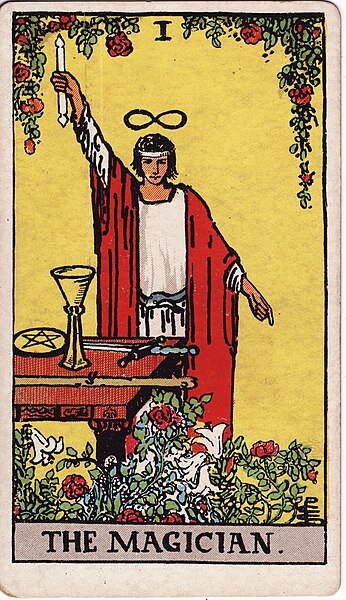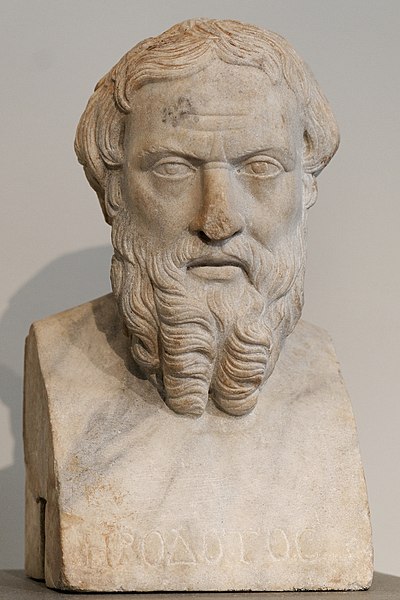Practical Kabbalah in historical Judaism, is a branch of the Jewish mystical tradition that concerns the use of magic. It was considered permitted white magic by its practitioners, reserved for the elite, who could separate its spiritual source from qlippoth realms of evil if performed under circumstances that were holy (Q-D-Š) and pure, tumah and taharah. The concern of overstepping Judaism's strong prohibitions of impure magic ensured it remained a minor tradition in Jewish history. Its teachings include the use of Divine and angelic names for amulets and incantations.
Úštěk Synagogue with statue of the Golem of Prague, Czech Republic
Sefer Raziel edition printed Amsterdam 1701
Amulet from Sefer Raziel HaMalakh
Amulet for protection in childbirth
Magic is an ancient practice rooted in rituals, spiritual divinations, and/or cultural lineage—with an intention to invoke, manipulate, or otherwise manifest supernatural forces, beings, or entities in the natural world. It is a categorical yet often ambiguous term which has been used to refer to a wide variety of beliefs and practices, frequently considered separate from both religion and science.
The Magician, an illustration from the Rider–Waite tarot deck first published in 1910
One of the earliest surviving accounts of the Persian mágoi was provided by the Greek historian Herodotus.
Bronze protection plaque from the Neo-Assyrian era showing the demon Lamashtu
Mandaic-language incantation bowl








